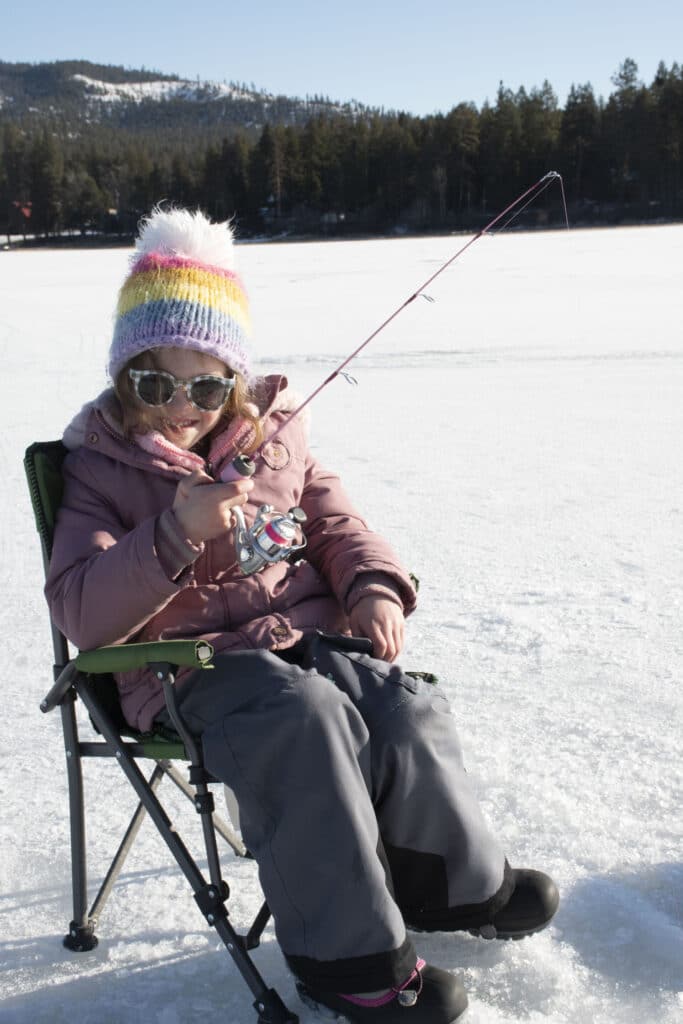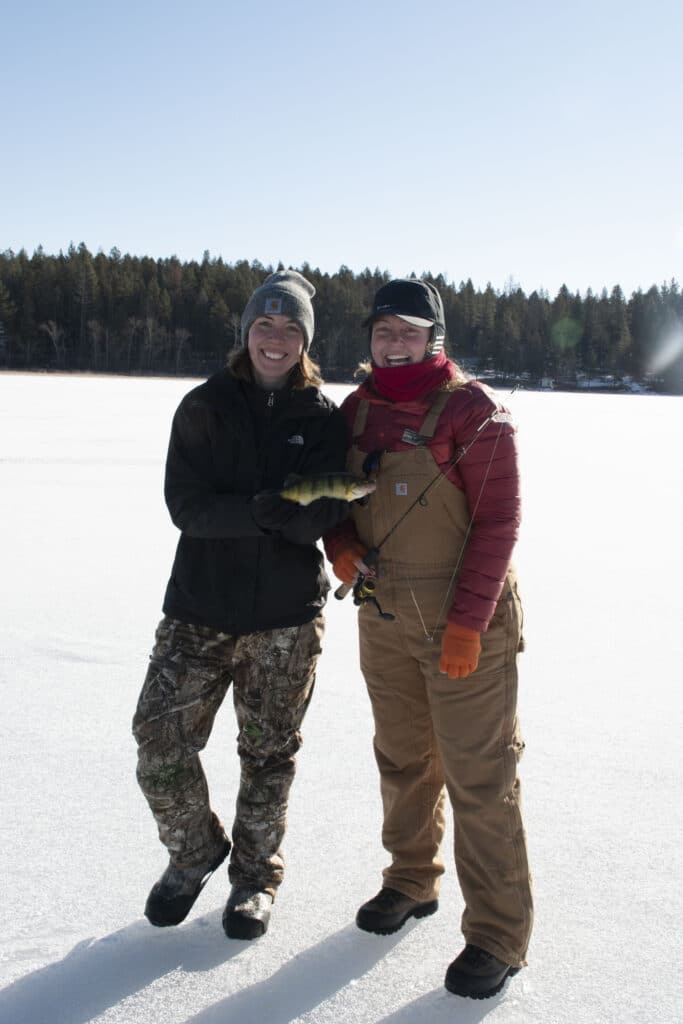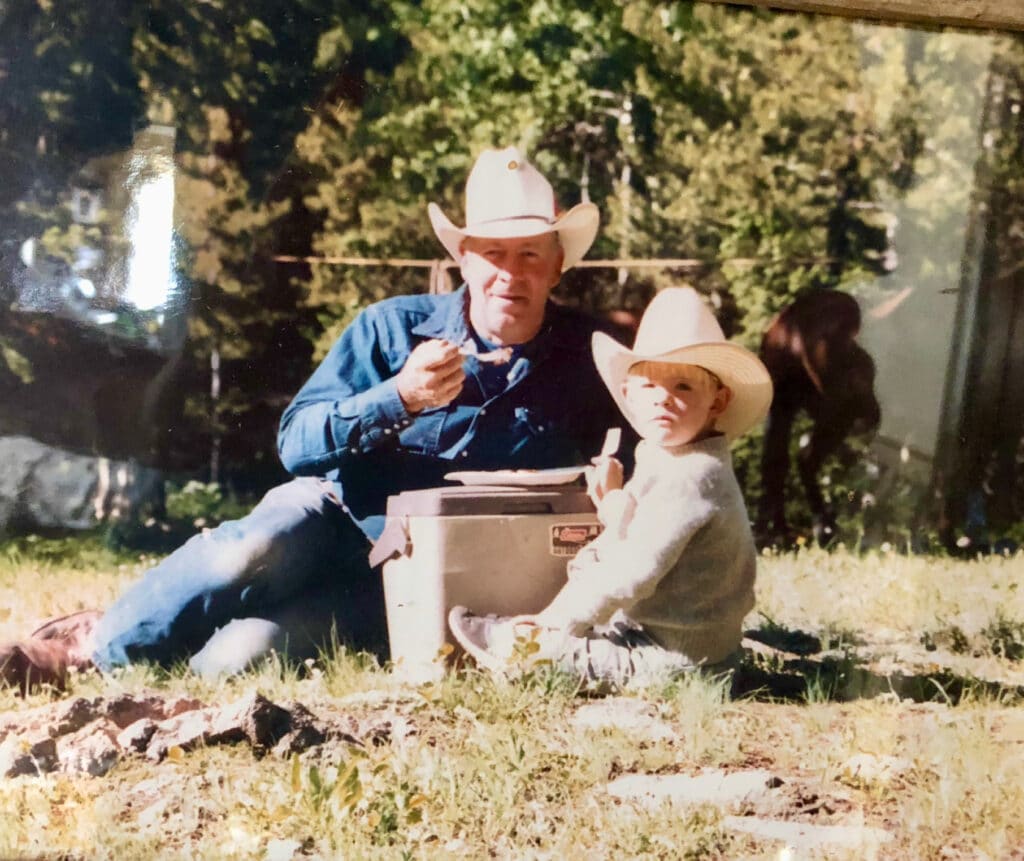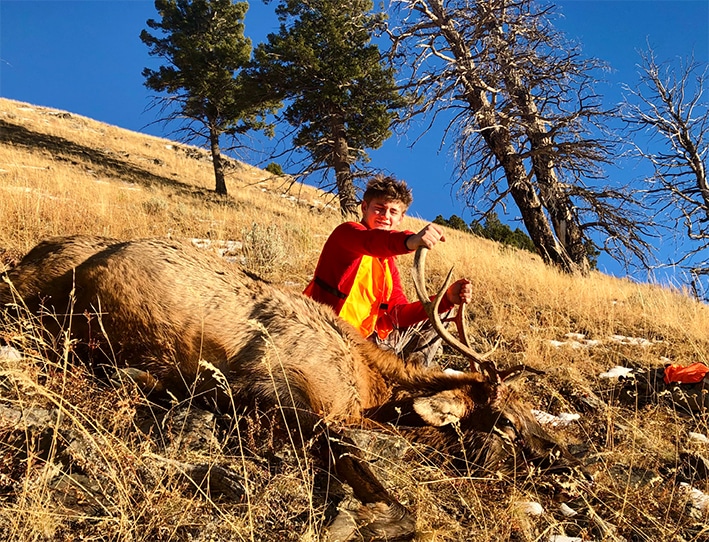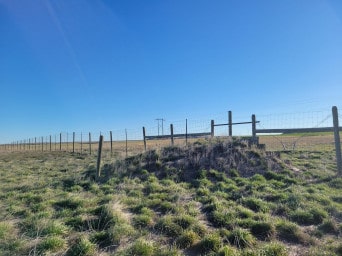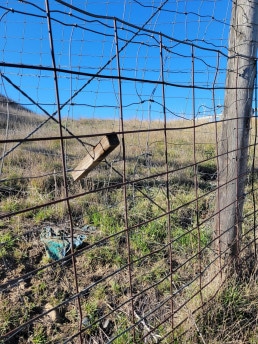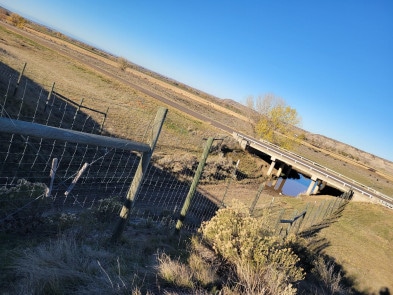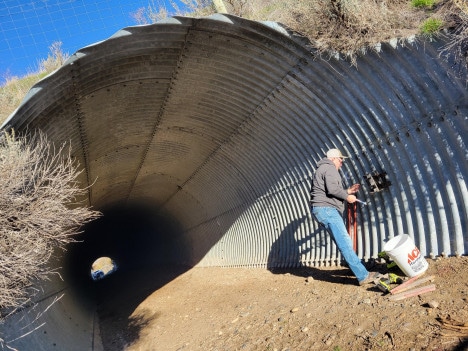By MWF Ambassador Anne Joliff.
High schoolers need help. We often like to think of them as becoming self-sufficient; growing up and getting ready to strike out on their own – believe me, they think that about themselves as well. As a high school teacher, I know better; I know that they struggle with mental and physical health. As a conservationist, I know one way to help: nature. I’ve taught high school English for nine years. My favorite grade? Sophomores. Am I crazy? A little. I have taught students who need specialized reading help as well as students who probably should have been in college. One thing they all have in common is personal struggle.
The class I created, Outdoors Literacy, is designed to help students mentally and physically, inside and outside the school building. I wanted to bolster reading comprehension and interest by providing novels and articles that would strike our primal souls; books that rang true and called us outside where we can heal our minds and bodies. There are multiple studies linking reading comprehension to background knowledge as well as hands-on experiences. The most natural fit is the outdoors.
When I was approached regarding an opportunity to link my class to Montana Wildlife Federation by piloting a youth program, I jumped. The connections the class has made because of the work provided by MWF staff have made the class more meaningful and robust for the students. Because of their hard work, my students have had amazing outdoor adventures and been able to interact with people who have made the outdoors their life.
Our first trip with Montana Wildlife Federation’s help was to North 40 in Great Falls. The students received a casting clinic and fly identification from Fred Telleen. While we were there, two fisheries biologists from Montana Fish, Wildlife, and Parks talked to them about the ecology in the surrounding bodies of water, how they found their passion, and paths kids can take if they were interested.

Above: Students learn different fly patterns from Fred Telleen.
The fishing connected with Norman Maclean’s A River Runs Through It, naturally! We also practiced casting on our football field, walked to the river behind our school to look at the river’s ecology, and tied flies in class.
The next connection was Naomi Alhadeff with the National Wildlife Federation. She created an educational unit for use in schools titled WildlifeXing. This unit is expansive and covers traditional Native lands as well as migratory patterns and how Montana’s department of transportation is working with biologists to assist safe crossings for migratory species. Students were able to research, map data, build crossing models, and make atlatls. The discussion surrounding migrations and the ebb and flow of animals on landscapes coincided with reading Aldo Leopold’s A Sand County Almanac.
Around the same time frame, we entered a competition through Samsung: Solve for Tomorrow. It’s a STEAM competition for high schoolers across the country. Our class entered by submitting a project to modify the bottom wire on fences to aid Pronghorn migrations. Although we didn’t expect it, we won the state portion and are the only winners in the state of Montana. 100 projects in America received this designation. The students in my class then created a video to show the judges in the next round how we will carry out our project and what it does to better the world. The results will be released on March 17, with only 10 teams making it to the next level.
I know that high school students aren’t everyone’s cup of tea, but they really are the future. If we can’t pass on the importance of conservation to their generation, what will happen to our wild places and spaces? The students I work within this class are amazing individuals. Many had little to no interest in the outdoors at the beginning of the class, they just needed somewhere to be. Now, half of them want to go into an outdoors or conservation-based career. Three of them struggle with mental health – they have confided in me that when they feel overwhelmed, they now head outdoors if they can because it helps. If the next generation learns how vital nature is to our overall well-being as humans, nothing will stop them from making sure it still exists. It just takes a little work, a little time, and a whole lot of compassion.
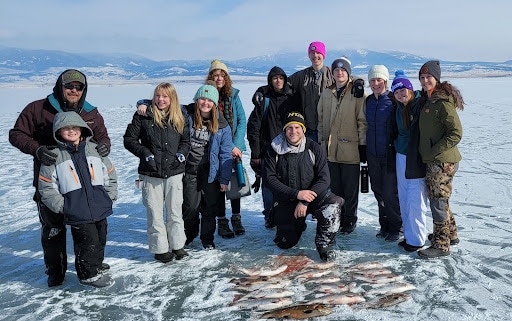
Above: Students went ice fishing (many for the first time) with Brian and Steph Clemen and Jesse Taylor.






